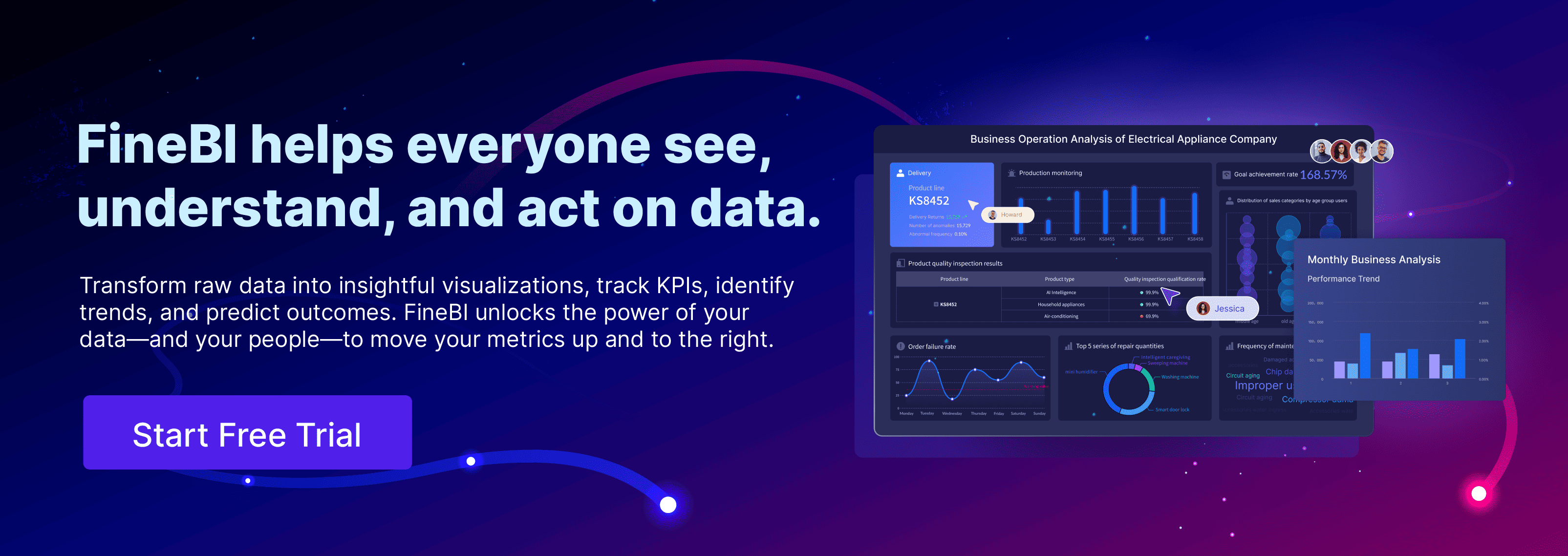HR analytics uses workforce data to improve decision-making and drive better outcomes for your organization. Its significance has grown tremendously in 2025, fueled by rapid advancements in technology. Tools like AI agents now automate routine tasks, freeing you to focus on strategic goals. This shift enhances decision-making and boosts efficiency across teams. For example:
- Companies using AI for HR functions report a 40% increase in employee satisfaction.
- Predictive analytics reduces turnover rates by 30%, helping businesses retain top talent.
With tools like FineBI and FineReport, you can harness these advancements to stay competitive and agile in today’s fast-changing workforce landscape.
Key Takeaways
- HR analytics studies worker data to make better decisions and results.
- Using predictive tools can lower quitting rates and boost happiness.
- Tools like FineBI and FineReport make data easy to understand.
- Real-time tools help companies act fast and keep workers involved.
- Managing data fairly is key; follow rules to earn trust.
What is HR Analytics?
Definition and Core Functions
HR analytics refers to the systematic collection, analysis, and interpretation of workforce data to drive actionable insights. It transforms raw data into meaningful patterns that help you make data-driven decisions about recruitment, employee retention, and organizational growth. By leveraging tools like FineBI and FineReport, you can streamline processes such as talent acquisition and performance management.
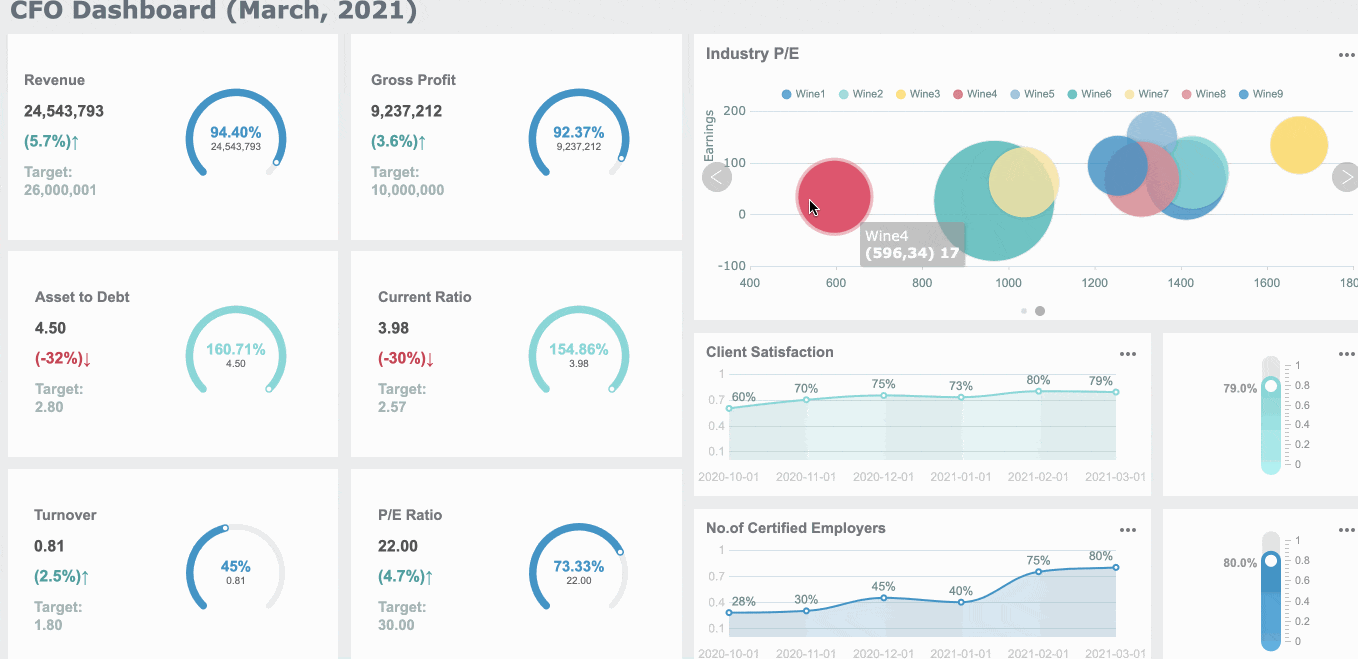
The core functions of HR analytics include:
| Function | Description |
|---|---|
| Data-Driven Decision Making | Enables proactive strategies in hiring, retention, and workforce planning. |
| Talent Acquisition | Uses candidate data to identify the best fit for your organization. |
| Talent Development | Tracks employee performance to design targeted training programs. |
| Employee Retention | Detects early signs of dissatisfaction to reduce turnover rates. |
| Data Collection | Aggregates data from surveys, performance metrics, and other sources for a holistic view. |
| Data Management | Ensures data quality through cleaning and integration from multiple systems. |
| Data Analysis | Identifies trends and forecasts outcomes using advanced analytics techniques. |
| Data Visualization | Presents insights through dashboards and graphs for easy understanding. |
| Alignment with Business Goals | Ensures HR strategies contribute to organizational success. |
These functions empower you to align workforce strategies with business objectives, ensuring your HR practices deliver measurable results.
How People Analytics Enhances Workforce Insights
People analytics takes HR analytics a step further by focusing on employee behavior, team dynamics, and collaboration patterns. It provides a deeper understanding of how your workforce operates, enabling you to optimize talent management and foster high-performing teams.
People analytics illuminates effective HR practices by analyzing recruitment trends, employee turnover, and skills development. This approach helps you address critical questions about workforce effectiveness and organizational growth.
Organizations increasingly rely on people analytics to make informed decisions. For example:
- Analyze engagement surveys to identify areas for improvement in employee performance.
- Use behavioral data to design training programs that enhance productivity.
- Reduce bias in hiring by leveraging data-driven insights into candidate suitability.
By integrating people analytics into your HR strategy, you gain actionable insights that drive better outcomes for your employees and your business.
Examples of HR Analytics in Action
HR analytics has proven its value across industries, delivering tangible benefits through real-world applications. Consider these examples:
- Credit Suisse: Predictive analytics identified employees at risk of leaving, saving $70 million annually.
- Best Buy: A 0.1% increase in employee engagement led to over $100,000 in additional income per store.
- Experian: Reduced attrition by 2-3%, saving $8-10 million over 18 months.
Additionally, organizations have achieved remarkable results using workforce analytics:
- A leading company reduced turnover rates by 20% by identifying at-risk employees.
- A retail chain optimized inventory management, cutting overstocking by 30% and saving $20 million annually.
These success stories highlight the transformative power of HR analytics in driving efficiency, improving employee retention, and boosting organizational performance.
Why HR Analytics Matters in 2025
Workforce Trends Shaping the Future of HR Analytics
The workforce landscape is evolving rapidly, and HR analytics plays a pivotal role in navigating these changes. As organizations adapt to new challenges, workforce analytics helps you stay ahead by identifying trends and aligning strategies with future needs.
Key statistics highlight the importance of HR analytics in shaping the future of work:
| Statistic | Description |
|---|---|
| 49% | HR leaders identified the future of work as a top priority. |
| 46% | Indicated increased investment in future of work initiatives. |
| 59% | Workers will need upskilling and reskilling efforts by 2030. |
| 47% | HR leaders focused on employee experience analytics in 2024. |
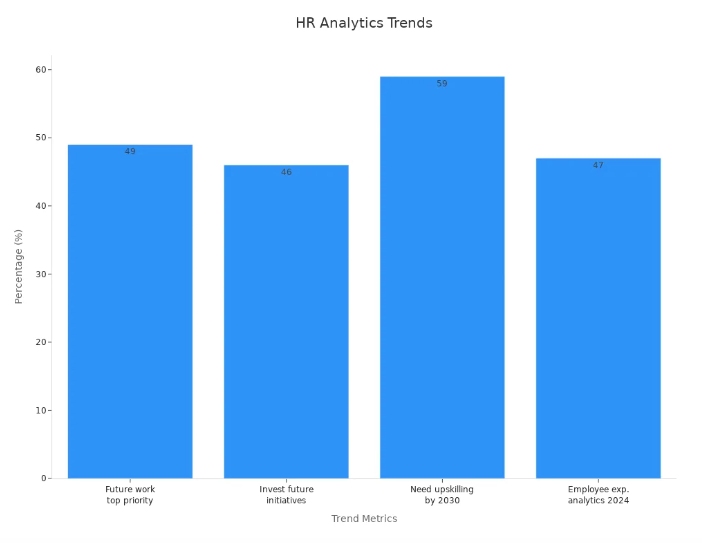
These trends emphasize the growing need for actionable insights into employee performance and engagement. For example, the demand for upskilling highlights the importance of using people analytics to design effective training programs. By leveraging workforce analytics, you can address these trends proactively and ensure your organization remains competitive.
The Role of Technology in Advancing People Analytics
Emerging technologies are revolutionizing how you approach people analytics. Tools like AI and machine learning enable you to analyze vast amounts of data quickly, uncovering patterns that were previously invisible. This shift allows you to make data-driven decisions that enhance employee performance and organizational outcomes.
The increased use of analytics and AI in HR has significantly changed how HR processes are conducted, leading to more data-driven decision-making, which confirms the role of emerging technologies in advancing people analytics.
Even the most advanced companies are now adopting AI frameworks to integrate these technologies into their operations. This trend reflects a broader movement toward using technology to gain deeper insights into workforce dynamics. For instance, predictive analytics can help you identify employees at risk of leaving, enabling you to take preventive measures. Real-time dashboards provide instant updates on key metrics, allowing you to respond to changes swiftly.
By embracing these technological advancements, you can transform your HR strategies and create a more agile, data-informed organization.
Addressing Business Challenges with HR Analytics
HR analytics provides powerful solutions to persistent business challenges. Whether you're tackling high turnover rates or improving operational efficiency, actionable insights from people analytics can drive meaningful change.
Consider these examples of how organizations have used HR analytics to address critical issues:
| Industry/Company | Key Strategy | Result |
|---|---|---|
| Tech Giant | Focused on employee engagement metrics and predictive modeling | Decreased turnover by 15% and reduced hiring time by 20% |
| Retail Industry | Real-time data integration with POS systems | 10% improvement in sales performance due to better staffing decisions |
| Manufacturing Sector | Custom training modules based on performance metrics | Improved operational efficiency and product quality |
These success stories demonstrate the tangible benefits of workforce analytics. For example, by analyzing engagement metrics, you can identify factors contributing to employee dissatisfaction and implement targeted interventions. Real-time data integration allows you to optimize staffing decisions, ensuring the right people are in the right roles at the right time.
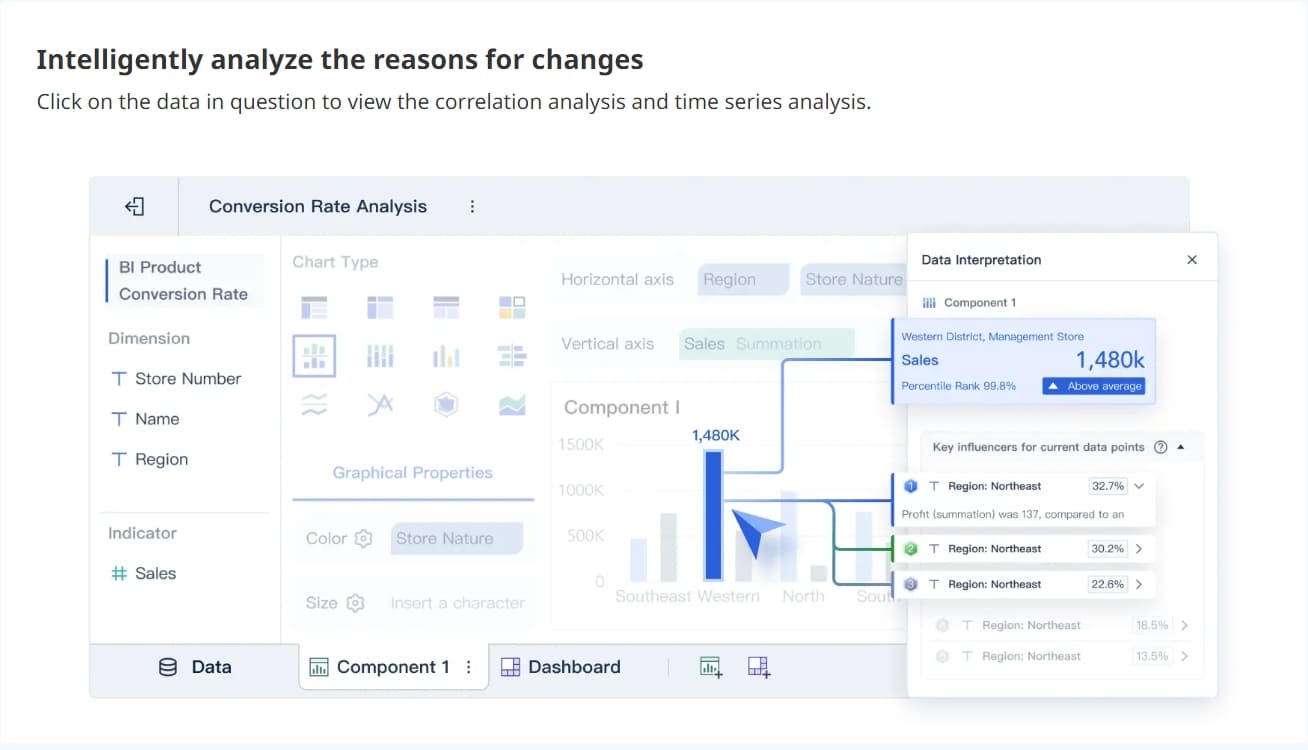
Additionally, HR analytics helps you measure financial and operational performance through key metrics such as:
| Metric | Description |
|---|---|
| Revenue per employee | Indicates organizational efficiency in generating revenue from employees. |
| Offer acceptance rate | Reflects the effectiveness of talent acquisition strategies. |
| Training expenses per employee | Measures the cost-effectiveness of training programs and their impact on employee performance. |
| Involuntary turnover rate | Helps in assessing recruitment strategies and employee retention. |
| Time to fill | Identifies efficiency in the recruitment process. |
| Time to hire | Enhances candidate experience during the hiring process. |
| Absenteeism | Provides insights into employee health and job satisfaction. |
| Cost per hire | Assists in identifying areas for cost reduction in hiring processes. |
By focusing on these metrics, you can address inefficiencies, reduce costs, and improve overall organizational performance. HR analytics equips you with the tools to overcome challenges and build a resilient, future-ready workforce.
Key Benefits of HR Analytics
Data-Driven Decision-Making for HR Leaders
HR leaders today rely on data to make informed decisions that drive organizational success. By adopting a data-driven approach, you can objectively evaluate workforce strategies and their impact on business outcomes. This method transforms HR from a support function into a strategic partner.
Organizations increasingly use data to improve productivity and achieve success. For example:
- You can calculate the value of investment (VOI) to assess both tangible and intangible returns.
- A structured framework allows you to compare expected returns across various HR initiatives.
- Data-driven leadership enhances organizational effectiveness by aligning HR strategies with business goals.
| Benefit | Description |
|---|---|
| VOI Calculation | Assess tangible and intangible returns, enhancing decision-making. |
| Framework for Investments | Compare expected returns across initiatives to strengthen strategies. |
| Shift to Strategic Partner | Transform HR into a key player in achieving organizational objectives. |
By leveraging people analytics, you gain actionable insights that enable smarter, faster decisions.
Enhancing Employee Engagement and Retention
Understanding employee behavior is crucial for creating a motivated workforce. People analytics helps you uncover patterns in employee preferences and motivations. This knowledge allows you to design initiatives that resonate with your team.
Tailored engagement programs lead to higher satisfaction and retention rates. For instance:
- Analyzing employee feedback helps you identify areas for improvement.
- Customized training programs boost morale and productivity.
- Data-driven retention strategies reduce turnover and improve team stability.
When you use people analytics effectively, you create a workplace where employees feel valued and supported. This approach not only enhances engagement but also strengthens your organization’s culture.
Boosting Organizational Performance with Tools like FineBI
Tools like FineBI empower you to process and analyze workforce data efficiently. FineBI simplifies data visualization, enabling you to focus on deeper insights rather than manual tasks. Its user-friendly interface ensures that even non-technical users can explore data with ease.
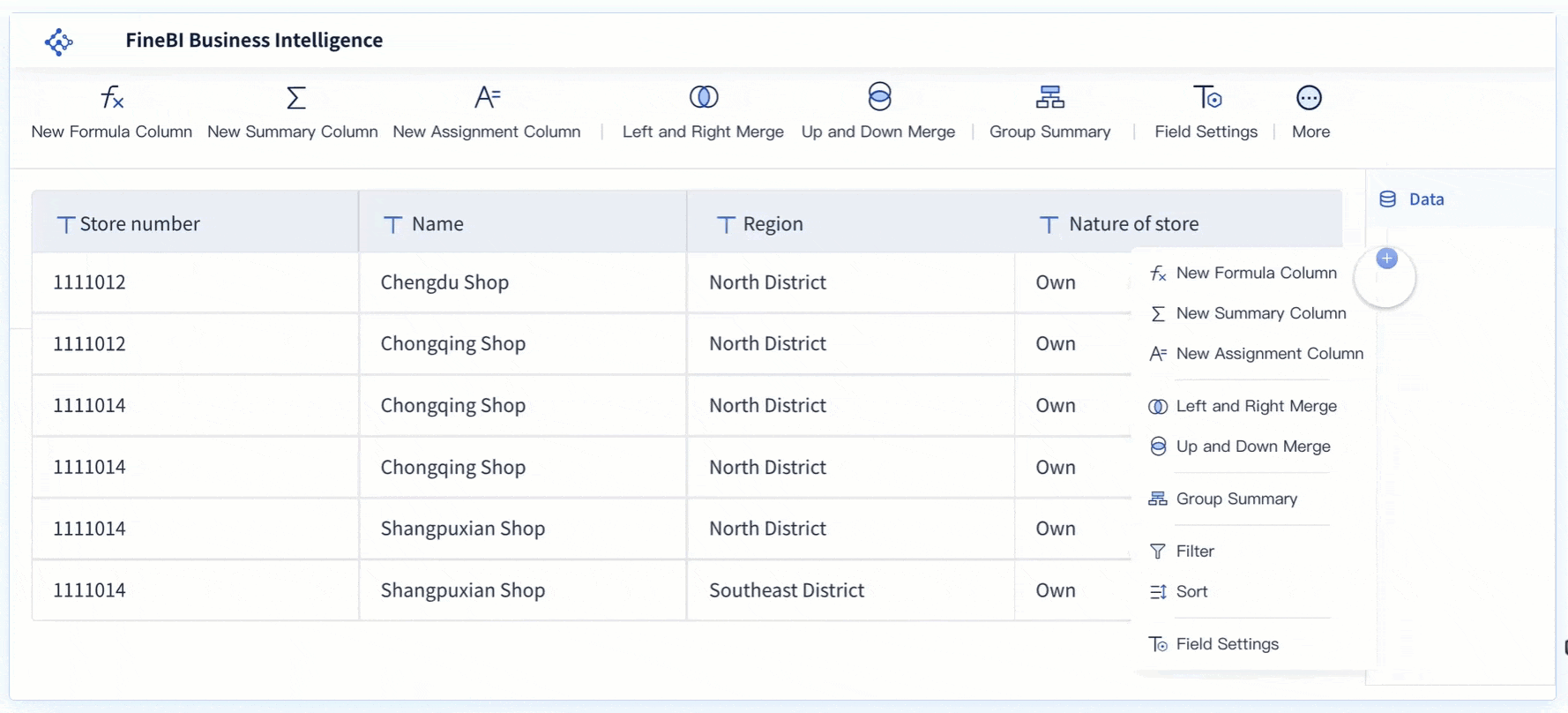
| Performance Metric | Description |
|---|---|
| Tailored Analysis Scenarios | Industry-specific tools enhance relevance and effectiveness. |
| Key Business Metrics | Stay informed about trends to improve decision-making. |
| Efficiency in Data Processing | Simplifies workflows, allowing analysts to focus on strategic insights. |
| User-Friendly Interface | Enables non-technical users to manipulate data easily. |
| Built-in Funnel Models | Facilitates complex analysis through simple operations. |
FineBI’s capabilities allow you to track key metrics, identify trends, and predict outcomes. By integrating this tool into your HR strategy, you can boost productivity and drive organizational growth.
Future Trends in HR Analytics
The Rise of Predictive Workforce Analytics
Predictive workforce analytics is transforming how you plan for the future. By analyzing historical data and current trends, it helps you anticipate challenges like turnover rates and skills shortages. This approach allows you to take proactive measures, such as recruitment drives or targeted training programs, to address potential gaps.
For example, HP used predictive models to identify employees at risk of leaving, saving an estimated $300 million by intervening early. Similarly, a tech company analyzed remote work trends to refine workplace policies, improving employee performance. Predictive analytics also supports workforce planning in hybrid environments by optimizing team structures based on productivity and preferences.
Key areas where predictive analytics excels include:
- Identifying engagement drivers to prevent disengagement.
- Forecasting the impact of diversity and inclusion initiatives.
- Pinpointing future skill gaps to guide upskilling efforts.
By leveraging these insights, you can align workforce strategies with organizational goals, ensuring long-term success.
Real-Time People Analytics for Agile Decision-Making
Real-time people analytics empowers you to make swift, informed decisions. With instant access to workforce data, you can adapt to changes effectively and implement strategies that enhance employee engagement.
For instance, real-time insights enable you to monitor key metrics like absenteeism or productivity, allowing immediate action when anomalies arise. Organizations using this approach report increased agility, as they can respond quickly to workforce or market shifts. Data-driven decisions also ensure objectivity, aligning your actions with business objectives.
Benefits of real-time analytics include:
- Improved decision-making through actionable insights.
- Enhanced business agility to navigate workforce changes.
- Tailored strategies that boost employee satisfaction.
By integrating real-time analytics into your HR processes, you create a dynamic environment that fosters growth and resilience.
Ethical Considerations and Data Privacy in HR Analytics
As you adopt advanced analytics, ethical considerations and data privacy become critical. Regulations like GDPR and CCPA require you to handle employee data responsibly, ensuring transparency and consent. Poor data management can lead to privacy concerns, eroding trust within your organization.
| Data Protection Laws | Key Requirements |
|---|---|
| General Data Protection Regulation (GDPR) | Obtain explicit consent, ensure fair processing, and implement robust data protection measures. |
| California Consumer Privacy Act (CCPA) | Provide employees with access rights, allow data deletion, and ensure opt-out options. |
To navigate these challenges, appoint a data protection officer, conduct regular audits, and stay updated on evolving regulations. Balancing data collection with privacy safeguards not only ensures compliance but also strengthens employee trust.
By addressing these ethical considerations, you can harness the power of HR analytics while fostering a responsible and transparent workplace.
HR analytics is reshaping the future of work by enabling smarter decisions and fostering organizational growth. Companies that embrace workforce data gain a competitive edge, as shown by the following statistics:
| Statistic | Description |
|---|---|
| 57% | Companies report improved people management decisions through HR analytics. |
| Predictive Analytics | Forecasts employee performance, enhancing decision-making. |
| Google Case Study | Demonstrates HR analytics' role in modernizing employee management. |
Tools like FineBI and FineReport simplify data analysis, making insights accessible to everyone. By adopting these solutions, you can align workforce strategies with business goals. Staying ahead of trends ensures your workplace remains resilient, innovative, and socially responsible. Click the banner below to try FineBI for free and empower your enterprise to transform data into productivity!
Continue Reading About HR Analytics
What is Retail Analytics and Why is it important?
What is Enterprise Analytics and Why is it important?
Demystifying Business Analytics Software: 2024 Tools Comparison
FAQ

The Author
Lewis
Senior Data Analyst at FanRuan
Related Articles

How to Build a Data Analysis Portfolio Step by Step
Build a data analysis portfolio from scratch with step-by-step guidance on choosing projects, platforms, and showcasing your skills to stand out.
Lewis
Nov 19, 2025

Understanding the Work of a Data Quality Analyst
A data quality analyst ensures data accuracy, consistency, and reliability by identifying, resolving, and monitoring data quality issues for business success.
Lewis
Nov 17, 2025
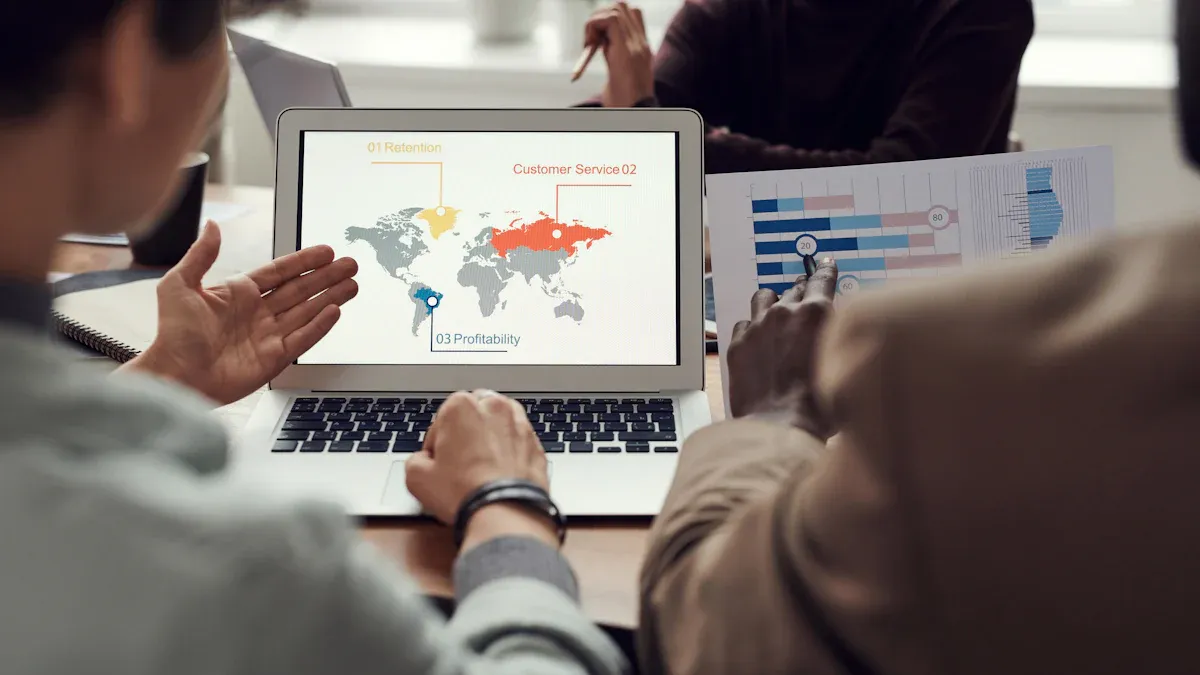
How Can Employee Retention Software Help Lower Turnover Rate
Employee retention software lowers turnover by tracking engagement, identifying risks, and supporting recognition to keep employees satisfied and loyal.
Lewis
Nov 16, 2025
